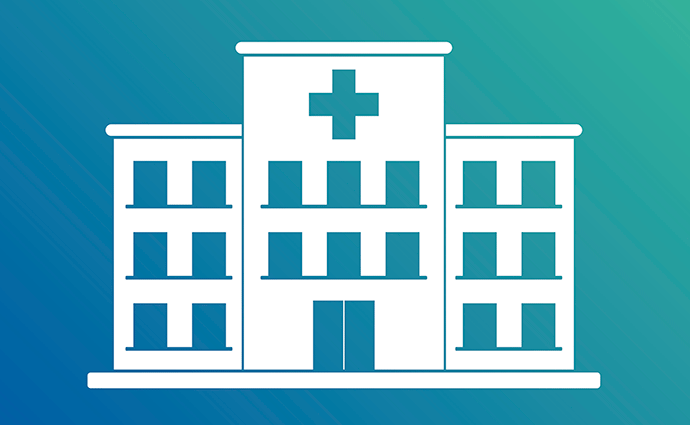Creating Alternative Payment Models to Support Health Centers
Health centers lag with alternative payment model adoption, but the centers would benefit from capitated payment structures with some downside risk, experts contended.

Source: Thinkstock
- Healthcare stakeholders and lawmakers should encourage community health centers to engage in alternative payment models to financially incentivize providers to improve safety-net care, a recent Journal of the American Medical Association report stated.
The Keck School of Medicine researchers and a healthcare consultant argued that “allowing willing CHCs [community health centers] to accept capitated payments with limited downside risk could create the right incentives to improve care delivery while promoting greater flexibility in how care is provided.”
However, the authors also pushed for alternative payment models that build off of the federal community health center prospective payment system.
The payment system aims to protect the centers from low Medicaid reimbursement rates that may not cover the actual healthcare costs of treating safety-net patients. Community health center rates are set prospectively and are based on the scope and healthcare costs for services.
While each state dictates how community health centers are reimbursed, federal regulations mandate that claims reimbursement rates are at least the prospective payment system rate.
READ MORE: Understanding the Value-Based Reimbursement Model Landscape
Despite the prospective payment system’s financial protections, the report stated that the volume-based reimbursement structure falls short of incentivizing quality improvement.
For example, community health centers are incentivized to schedule more reimbursable in-person healthcare visits for simple issues, like blood pressure monitoring. But many of the in-person visits could be done more efficiently via telephone consultation or electronic communication.
Another challenge stemming from the volume-based prospective payment system is that community health centers cannot bill Medicaid for supplementary services, such as patient education and case management.
The centers also do not receive claims reimbursement for services that particularly benefit safety-net patients, such as transportation or housing assistance.
With value-based reimbursement being a major healthcare reform goal, the authors contended that states should start to offer more alternative payment models to community health centers.
READ MORE: Health Centers Face Post-ACA Revenue Cycle Management Issues
Many community health centers are also pushing for more alternative payment model options. In 2016, federally qualified health centers in five states called for Medicare payment reform via value-based reimbursement models in a Geiger Gibson RCHN Community Health Foundation brief.
The health centers viewed alternative payment model adoption as an effective method for improving care quality and attracting employees.
“Several expressed a desire to substitute community health workers for more highly trained and licensed clinical staff in order to reduce clinician burden, and identified a need for more efficient care models targeting specific health conditions to reduce the need for a high volume of face-to-face encounters,” the brief stated. “Payment reform thus has emerged as a crucial workforce and care redesign strategy and is viewed as a means for promoting recruitment and retention.”
But alternative payment models for community health centers are currently only offered in a handful of states, the JAMA report stated.
Oregon implemented a demonstration in 2013 that reimbursed capitated payments to community health centers for all Medicaid patients. The alternative payment model incentivized participating health centers to deliver more efficient patient interactions, like group visits, phone and electronic communications, and visits with non-billable care team providers.
READ MORE: Exploring Two-Sided Financial Risk in Alternative Payment Models
The state also ensured that claims reimbursement was at least the revenue the health centers would have received under the prospective payment system.
The demonstration resulted in modest declines in emergency department and hospital visits as well as improvements in care quality, patient experience, and care access, the report added. Some community health centers in Oregon also decreased in-person billable clinician visits.
However, the authors pointed out that Oregon’s alternative payment model lacked downside financial risk.
In response, California plans to add to Oregon’s demonstration by including some downside financial risk for community health center alternative payment models. The California model uses the capitated payment structure, but the health centers would be financially responsible for repaying financial losses stemming from excessive visits.
The alternative payment model is slated to launch in 2018, but the authors expressed reservations about the initiative proceeding because community health centers would be at risk of losing revenue through downside financial risk provisions.
But the researchers still encouraged healthcare stakeholders to implement more risk-based alternative payment models for community health centers.
“CHCs are an evidence-based strategy for improving health outcomes and slowing cost increases,” the report concluded. “To best foster patient-centered primary care services for safety net populations in the years ahead, policymakers and CHC leaders alike should embrace the opportunity to reform the reimbursement system.”
“Although it will be important to proceed cautiously, it is time to allow willing CHCs to experiment with advanced value-based payment models,” they added.
